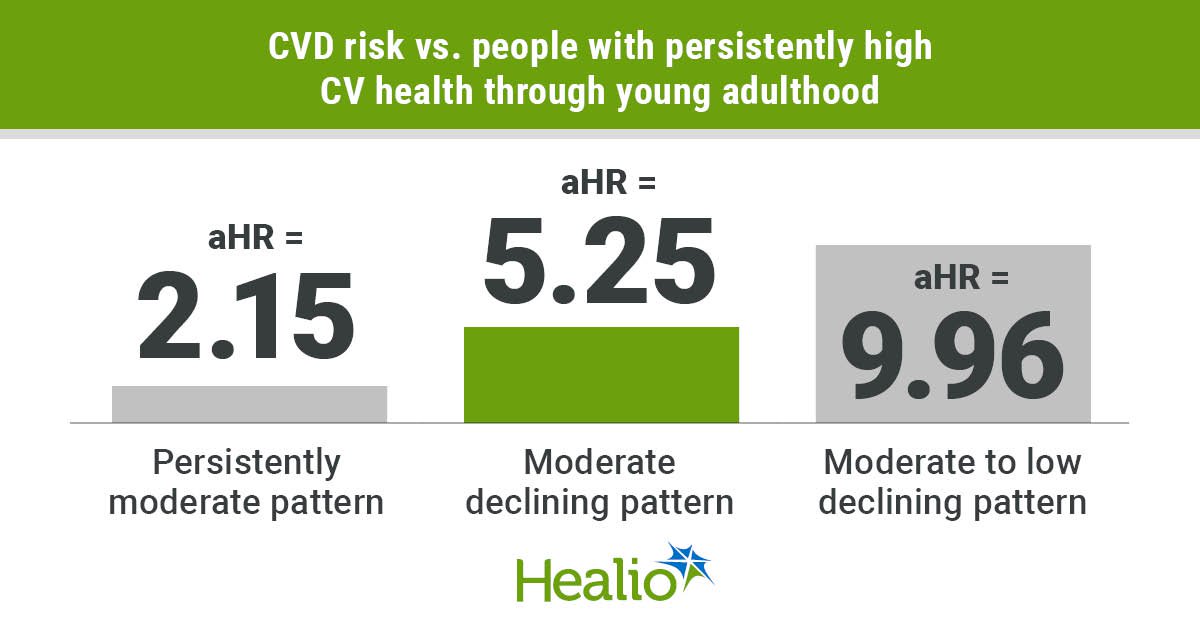September 30, 2025
4 min read
Key takeaways:
- A genetic test that identifies the PAM50 biomarker predicted which patients with recurrent prostate cancer would benefit from hormone therapy.
- Patients with luminal B tumors had significantly improved outcomes.
A genetic test could guide the use of hormone therapy for men with recurrent prostate cancer after surgery, according to data presented at American Society for Radiation Oncology Annual Meeting.
Results of a randomized phase 2 trial showed patients with luminal b tumors, classified through the PAM50 biomarker, who received apalutamide (Erleada, Janssen) had significant improvements in biochemical PFS and metastasis-free survival compared with those who received placebo.

Spratt DE, et al. LBA 04. Presented at: ASTRO Annual Meeting; Sept. 27-Oct. 1, 2025; San Francisco.
Patients who had non-luminal B tumors did not benefit from hormone therapy.

Daniel E. Spratt
“I personally believe these results will change practice,” Daniel E. Spratt, MD, chairman and professor of radiation oncology at University Hospitals Seidman Cancer Center and Case Western Reserve University, told Healio.
“[For this patient population], I believe that the PAM50 biomarker represents the strongest evidence of any biomarker to personalize the use of hormone therapy post-radical prostatectomy. Similar to the routine testing of ER status in breast cancer, I believe PAM50 will become an analogous test in prostate cancer.”
‘Unmet need’
Men with intermediate- and high-risk prostate cancer who have radical prostatectomy have recurrence rates between 40% and 80%, according to study background.
Postoperative radiotherapy is a common treatment option for these individuals.
Many trials have investigated whether adding hormone therapy could further improve outcomes for this population, but none have demonstrated an OS benefit.
“In 2015, we developed a novel gene-expression biomarker called PAM50 that was adapted from breast cancer to capture prostate cancer biology,” Spratt said. “We demonstrated using retrospective multicenter data that PAM50 could identify patients who do [luminal B] and do not benefit [non-luminal B] from hormone therapy, and thus we designed a multinational randomized trial through NRG Oncology to test this hypothesis that PAM50 could predict hormone therapy benefit for men with recurrent prostate cancer.
“We have been working for over a decade trying to solve this important unmet need, trying to develop a predictive biomarker to enable the personalized use of hormone therapy.”
Researchers enrolled 295 patients (median age, 65 years; interquartile range 59-71) with prostate cancer who had radical prostatectomy, a PSA of 0.1 to 1 ng/ML, and no nodal or distant metastases into the BALANCE trial to investigate.
They randomly assigned participants to receive radiotherapy plus either apalutamide (n = 141) or placebo (n = 154) for 6 months.
Spratt and colleagues tested patients for the PAM50 biomarker and classified them as having luminal B (n = 127) or non-luminal B tumors (n = 168).
Biochemical PFS (bPFS) served as the primary endpoint. Metastasis-free survival, distant metastases, use of salvage hormone therapy, and toxicity served as secondary endpoints.
‘True precision medicine’
Apalutamide significantly improved 5-year bPFS for men with luminal B tumors compared with placebo (72% vs. 54%; HR = 0.45; 95% CI, 0.24-0.86), as well as 5-year metastasis-free survival (95% vs. 82%; HR = 0.27; 95% CI, 0.07-0.95).
Men who had non-luminal B tumors had similar outcomes regardless of the treatment they received.
“I was very pleasantly surprised, almost shocked, at how spot on our hypothesis was to predict benefit of hormone therapy in luminal B, but not non-luminal B, tumors,” Spratt said. “The fact the HR for bPFS was less than 0.5 and for metastasis-free survival was less than 0.3 in patients with luminal B tumors was amazing and demonstrates the value of apalutamide for these patients.”
Patients who received apalutamide had higher rates of any grade 3 or worse adverse events than those who received placebo (32% vs. 23%). This included increased rates of rash (5% vs. 0%) and hypertension (13% vs. 5%) but lower rates of cardiac disorders (0.7% vs. 1.3%) and falls (0.7% vs. 1.3%).
Spratt described apalutamide as “well tolerated.”
He expects the genetic test to be discussed for National Comprehensive Cancer Network guidelines in the future.
“I will be using this going forward in my practice,” Spratt said during a press briefing.
He emphasized physicians “should not extrapolate” these findings to other prostate cancer populations.
Researchers are currently designing a phase 3 trial to evaluate benefits of hormone therapy with definitive radiotherapy among men with localized prostate cancer using the PAM50 biomarker.
“This is the first biomarker in history to prospectively demonstrate in a dedicated, randomized biomarker-driven trial prediction of which men benefit from hormone therapy, and is actually the first gene expression biomarker to my knowledge to be validated as a predictive biomarker in a prospective biomarker-driven trial,” Spratt told Healio.
“I have had the privilege of being involved in almost every biomarker in nonmetastatic prostate cancer that has prospective validation in the past decade,” he added. “This is a true milestone that we now have prospective randomized evidence to support true precision medicine for our patients.”
For more information:
Daniel E. Spratt, MD, can be reached at daniel.spratt@uhhospitals.org.









